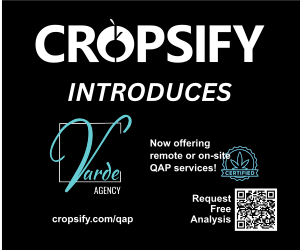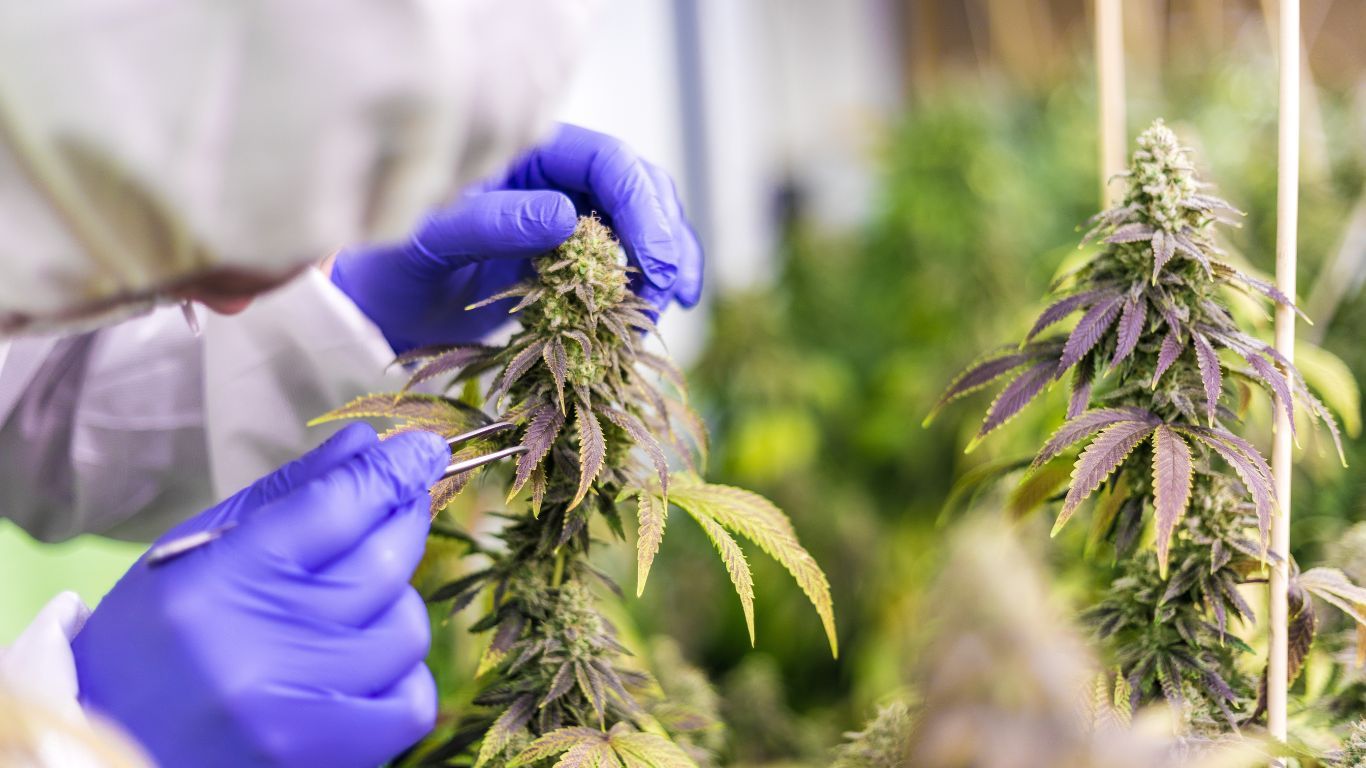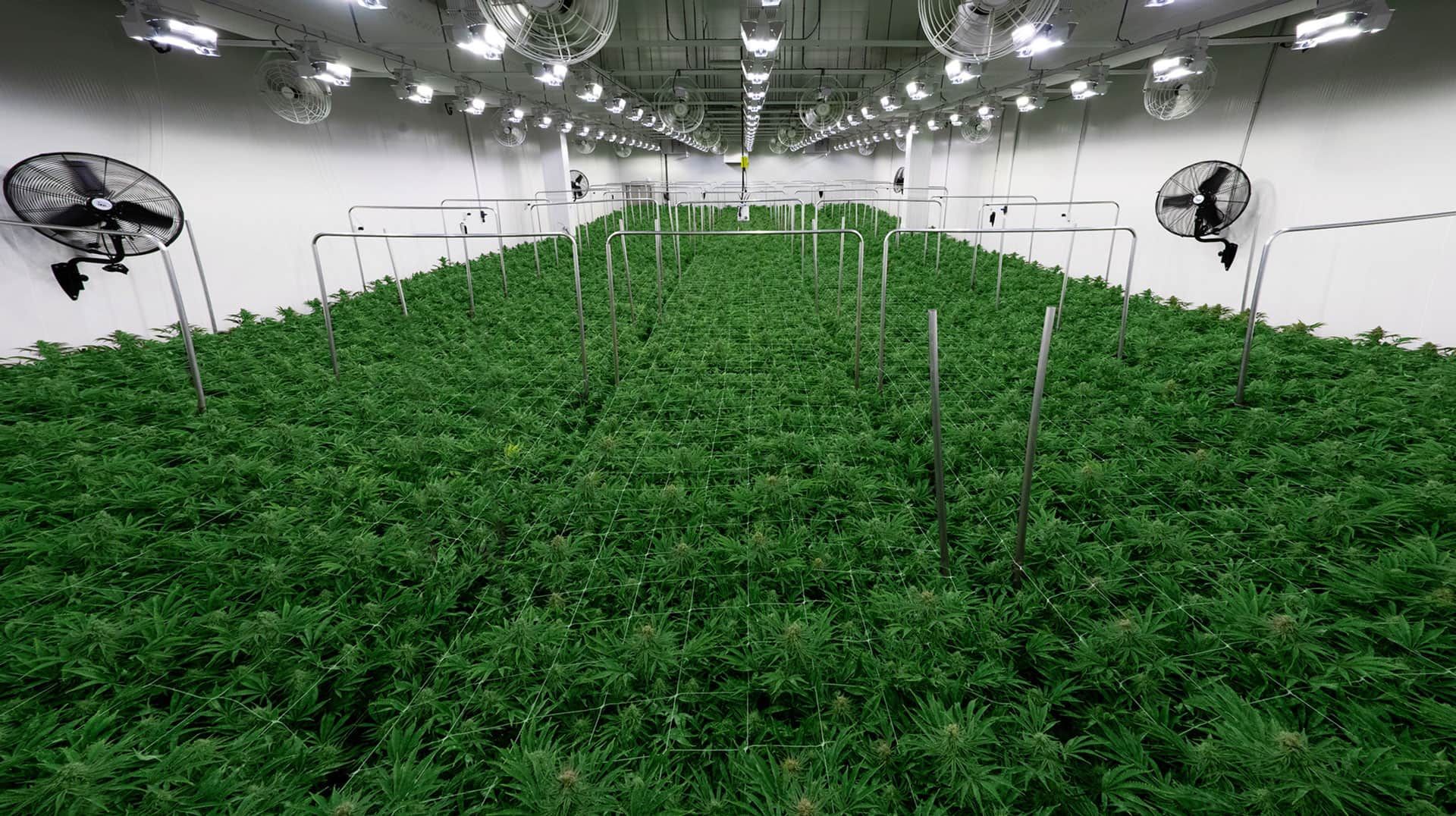
Price compression in Canada’s cannabis industry has been relentless, with no relief expected any time soon. This is placing pressure on producers of all sizes: big LPs have an abundance of mid-grade flower in their vaults, and smaller growers are fighting to differentiate their products in a saturated market.
The price pressure is also giving a boost to some product categories.
“Every large producer is looking for a product that costs less to make or where they can regain the value they’re losing on a mid-quality flower,” says Tanner Stewart, Co-Founder and CEO of Stewart Farms in Milltown, New Brunswick. “The massive flower surpluses have driven innovation in the milled, pre-roll, and extracts categories significantly, with low input costs on flower allowing for a lot of innovation in the infused category.”
“All these big producers are selling their products at steep losses, and the only one who’s benefiting is the consumer – for now.”
Gord Nichol, North 40 Cannabis
This market dynamic has provided an opportunity for smaller operators to add value.
“Infused Cannabis has been a welcome category for outdoor growers and has provided a major base of volume sales for outdoor LPs – I see nothing but positives to this category,” says Colin Davison, president of McIntyre Creek Cannabis, an outdoor grow operation in the Okanagan. “This has been a huge success for us.”
Nonetheless, the pricing distortion created by the over-production of cannabis by large, well-financed LPs continues to create challenges for smaller producers. No product categories are immune from the effects of price depreciation.
“We’ve stopped making infused pre-rolls because the market has crashed,” says Gord Nichol, president and co-owner of North 40 Cannabis in Nipawin, Saskatchewan. “A distributor asked us to replace a product they were happy with. We reversed-engineered it and realized we couldn’t compete. All these big producers are selling their products at steep losses, and the only one who’s benefiting is the consumer – for now.”
Some industry observers believe that the surplus of biomass is also affecting the ongoing debate about what qualifies as an edible. Health Canada insists that any edible cannabis product over the 10 mg THC limit can’t be defined as an ‘ingestible extract’, but some companies beg to differ.
“If you look at all the high-level lobbying from large corporate companies lately, their whole raison d’etre is to increase THC limits in edibles,” says Kyp Rowe, president of Victoria Cannabis Company in Victoria, BC. “Companies like Organigram and Indiva are lobbying hard to have this increase in order to capitalize on all of the excess biomass that they can turn into distillate for edibles.”
Consumer beware
An excess of lower-priced flower can contribute to product diversity. However, the intense strain that price compression places on the overall market may also present challenges for the consumer.
“This isn’t good for the consumer in the long run,” says Nichol. “Every day, someone is going out of business, and the pool of suppliers gets weaker. A lot of people are producing really great flower, but they’re all competing for the ten percent of the market that buys that. At this rate, pretty soon, all you’ll be able to buy is mid-grade flower.”
The market shakeout continues to make news. Recently, Calgary-based OGEN Cannabis closed its facility and laid off 87 workers. There are still processors and LPs whose long-term feasibility remains doubtful given that they’re operating with unsustainable business models, with the cost of inputs outpacing revenue.
“If all these public companies had to sell it for at least a break-even point, it would be a game changer,” says Nichol from North 40 Cannabis. “But they continue to sell at losses, which gives them a big advantage over smaller companies like mine. Frankly, every time a big pubco goes under, there’s a cheer over here. It can’t happen fast enough.”
For many large publicly traded companies, staying in business means making significant adjustments. Aurora Cannabis is now focusing on medical cannabis and cut flower exports. Canopy Growth has expanded into select US markets but continues to operate at a loss. And Organigram recently received an injection of $125 from British American Tobacco (BAT).
As the market rationalizes, pricing stability is a near certainty – though it’s hard to predict where the bottom is, and when it will arrive. One thing seems clear: there doesn’t appear to be much further for flower prices to fall. With such intense compression, however, companies have less room to maneuver.
“I think flower prices have hit bottom, but I also think that the concentrate market will still come down,” says Rowe from Victoria Cannabis Company. “Lower prices for consumers will equal less diversity. Large corporate growers take months to pivot to the trends of the market, with new flavours and new SKUs easier to change up for smaller producers.”
Rowe’s comments suggest that nimble, smaller producers may have some competitive advantage. Assuming these smaller companies have great genetics and reliable partners, with consistent sales and realistic pricing strategies, maintaining positive cash flow should keep a business afloat.
But surviving isn’t the same as thriving, and short-term consumer gain has a price.
“In an ever-worsening economy, where disposable income is evaporating, lower prices on anything is good for consumers,” says Stewart. “What’s not good for consumers is the mid to high-end craft options disappearing because they’re not selling their crops at the right price.”
The waiting game
Many growers are playing a waiting game, hoping that price compression is near bottom. A well-run business with a laser focus on the bottom line might be able to hold on with margins as low as 10%. They can stand firm on prices, or even push back against the large provincial wholesale purchasing boards.
“Changes to prices must come from industry,” says Davison from McIntyre Creek Cannabis. “Only when LPs tell the boards ‘we can’t sell you this product at that rate and be profitable’ will prices adjust. Like in every other industry, it’s the seller’s role to say, ‘this the best deal I can give you and still make money’.”
This standoff only works if the product is of a high quality. As it stands, cannabis in the vault is essentially worthless, and selling at basement prices is hardly a growth strategy.
“If you need to generate $30,000 per month just to keep the lights turned on, selling a $0.50 gram is better than not paying your power bill,” says Stewart from Stewart Farms. “This isn’t sustainable long term, of course, and we will see a lot more operations drop off over the next 12 months.”
Stewart says that some of that capacity may come back online. Nonetheless, if there’s no unique value proposition, the new owner will be in the same boat, competing for negative margins – just like the previous operation.
“Fighting over the bottom of value doesn’t have room for very many winners.”
Editor’s Note: This article previously attributed the last two quotes in this article to Colin Davison. This has been changed to attribute them to Tanner Stewart.













